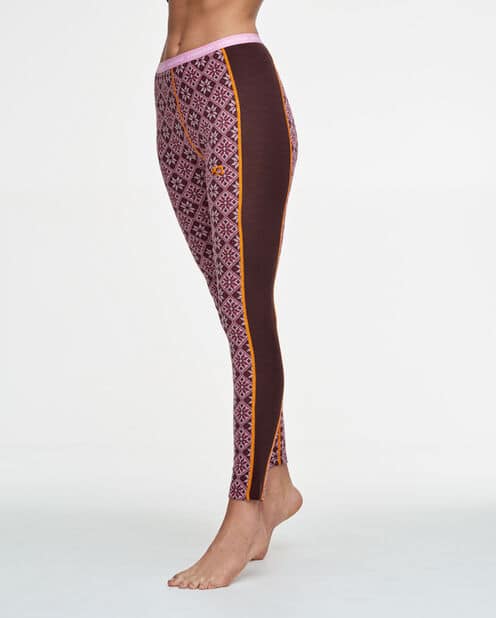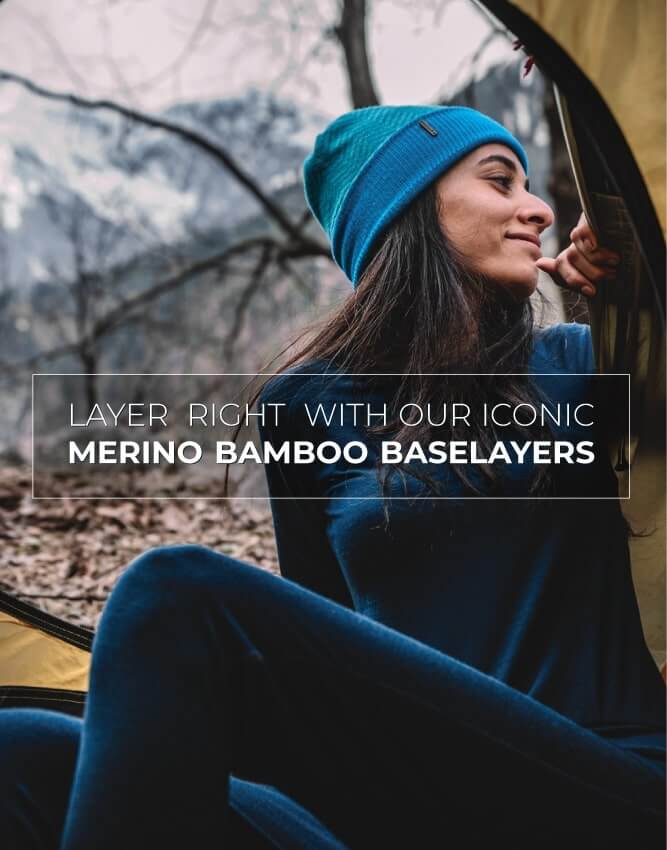Best Bamboo Clothing Guide
Wiki Article
Why Are Yak Merino Wool Base Layers So Efficient For Winter Sports Apparel In Regards To Warmth/Temperature Regulation And Moisture Management Durability, Comfort And Warmth?
Yak merino wool base layer are a top choice for winter sports clothing due to a blend of factors that increase the warmth, temperature regulation and moisture management, as well as the comfort and durability. Warmth and Temperature Regulation-
Insulating Properties Merino and yak wool have natural insulating characteristics. Yak wool traps heat with hollow fibres. Merino wool is also known for its insulation.
regulates body heat - The combination material can help regulate body heat by capturing the warmth in cold temperatures and allowing for breathability for intense activity.
Moisture Management-
Merino wool is a moisture-wicking. Its properties disperse water and prevent sweat from building up. Yak wool also helps to move moisture around and keeps the wearer dry and comfortable during vigorous physical exercise.
Comfort-
Softness - Merino is renowned for its soft, fine fibers which are kinder to the skin. Addition of yak-wool fibers that are soft will also increase comfort.
Odor Resistance - Both types of wool have antimicrobial properties, reducing the growth of odor-causing bacteria and also keeping the clothes fresh.
Durability-
Strength and Resilience: Yak wool has a extremely durable. When you combine it with the strength and resilience of merino fibers, the fabric is created to be sturdy and durable.
Natural Fiber Benefits-
Renewability: Yak and Merino are both biodegradable and renewable fibers. They are therefore environmentally friendly.
The wools' natural properties permit wool to adjust to varying weather conditions and remain effective even in dry and damp conditions.
The blend of yak and merino makes use of the strengths of each material, creating a fabric that excels in providing warmth while also regulating temperature, balancing moisture, ensuring comfort, and offering toughness. Yak merino-based base layers are therefore ideal for winter sportswear as they are able to meet the demands of outdoor activities and cold temperatures. They are also able to keep wearers comfortable and dry. View the best koraoutdoor.com winter clotihng for more examples including best layers for skiing, wool base layer womens, wool long underwear women's, spyder baselayer, wool long johns women's, womens icebreaker base layer, ski layers, merino wool thermal underwear, ski underwear, smartwool 1 4 zip womens and more.

What Are The Benefits To Bamboo Clothing When It Comes To Thermal Regulation? Uv Protection. Biodegradability. Environmental Impact.
Regulation of Thermal Regulation-
Insulation - Bamboo fabric is breathable and has thermal regulating properties. It offers warmth even in frigid temperatures. It regulates body temperature, keeping heat in cooler weather and allowing air to circulate in order to avoid overheating.
UV Protection
Bamboo is naturally resistant to harmful UV rays. It can block an extensive portion of UV sunlight's rays. This gives you an additional layer of protection when wearing it outside.
Biodegradability-
Eco-friendly- Bamboo clothes are biodegradable, which means it will break down naturally at the end of its lifecycle without leaving harmful residues behind or contributing to the pollution of the environment. This helps reduce waste and the environmental impact of clothing that is being discarded.
Environmental Impact-
Sustainability- As a natural material bamboo is extremely eco-friendly. It can grow rapidly and abundantly and without chemical fertilisers. This reduces the environmental impact of cultivating it. It's a renewable resource because of its fast development.
Bamboo is more efficient in water use because it consumes less water than other crops, such as cotton. This helps conserve water and reduces the strain on the resources.
Soil Conservation
Soil health- Bamboo cultivation does not reduce soil nutrients and does not require extensive irrigation. This helps improve soil conditions and decreases the need for harmful farming practices.
Carbon Sequestration
Carbon Absorption - Bamboo has the ability to absorb CO2 and release it more efficiently than other species. This is a benefit in fighting carbon emissions and climate change.
Bamboo clothing offers many benefits that include the ability to regulate temperature, block UV and biodegradability as well being a positive influence on the earth. This makes it an ideal option for those who want to purchase sustainable, functional clothes. These qualities align with environmental conscious practices and provide benefits for the environment and wearers. Check out the most popular bamboo clothings examples for blog info including bamboo maternity wear, bamboo clothing brand, bamboo clothing underwear, preemie bamboo pajamas, bamboo yoga leggings, bamboo clothing for women, cozy earth clothes, bamboo baby pajamas, bamboo apparel wholesale, bamboo jeans ross and more.

What Do Bamboo And Merino Compare To Wool In Terms Of Texture, Heat And Absorption
When comparing traditional wool bamboo, merino, and wool clothing in terms of the warmth and absorption of moisture, the their texture is vital.
Merino Wool Merino Wool has more fine fibers and is soft than traditional wool. It's also thought to be more comfortable to wear.
Bamboo Clothing Bamboo fabric is soft and silky. It's often compared with luxury materials like silk or Cashmere. It's silky and soft, which makes it very comfortable to wear.
Traditional Wool: Traditional wool is available in a range of textures. Some are more coarse than others, and can cause discomfort or itchiness.
Warmth-
Merino Wool Merino is a fantastic wool to warm yourself due to its insulation properties. Even when damp it holds warmth and offers excellent insulation in frigid weather conditions.
Bamboo Clothing is warm as well however, it is not as protected as the merino. Bamboo clothing regulates body temperature and provides comfort under various conditions.
Wool, like merino and bamboo clothing, is an excellent insulation. It may feel heavier than clothing constructed from bamboo, merino or other types of fabrics.
Moisture Absorption-
Merino Wool - Merino Wool is a great moisture-wicking qualities, allowing moisture to escape from your skin and evaporate. Even when it is damp it is warm.
Bamboo clothing - Bamboo fabrics may also absorb moisture and provide comfort during physical activity. Bamboo clothing regulates moisture and helps keep wearers dry.
Wool is not as moisture-wicking as bamboo or the merino. When wet, certain kinds of wool may appear heavy and damp.
Summary The Merino Wool fabric is renowned for being soft, warm and has exceptional moisture-wicking qualities. Bamboo clothing is soft, silky, and warm. It also regulates the amount of moisture. The texture of traditional wool clothes can vary and it can offer warmth or moisture absorption. But, it can be heavier than merino or Bamboo clothes. Each material has different properties to accommodate different tastes in clothing. Read the top link for merino winter clothings for website recommendations including merino wool thermals women's, merino wool undershirt, merino wool thermals mens, best merino wool base layer women's, wicked wool base layer, warmest base layer for skiing, ski base layer mens, 100 merino wool base layer, merino wool base layer womens, smartwool 1 4 zip mens and more.
